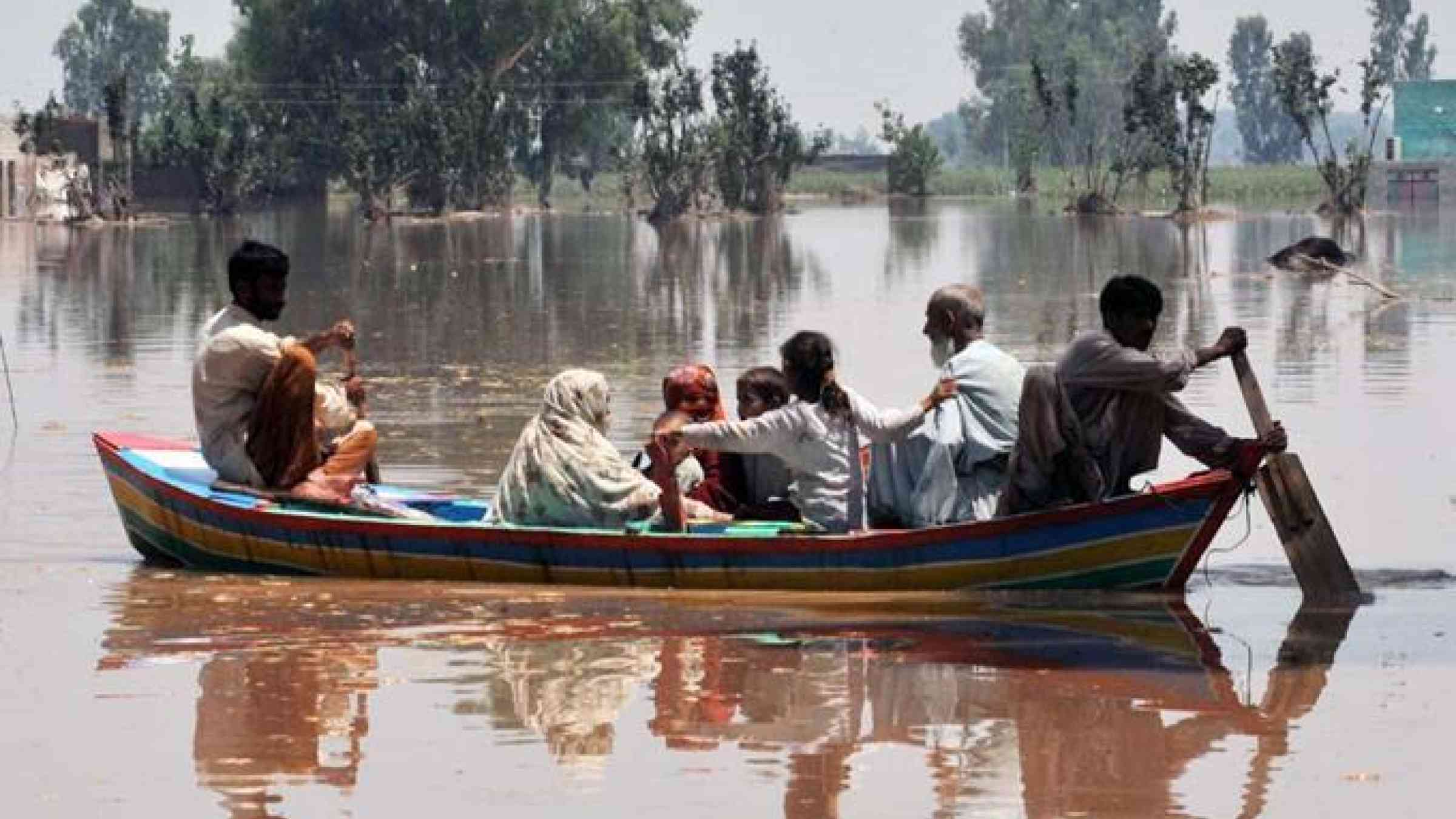Transforming Pakistan’s disaster response

By Abdur Rehman Cheema
People living in the coastal areas of Sindh province in Pakistan, namely district Thatta and Badin, were fully geared to deal with cyclone Nilofar that was predicted to cause damage near the seashore in October 2014. Village and Union Council Disaster Management Committees (VDMCs and UCDMCs) are engaging with local communities in early preparedness and risk mitigation activities to enable them to respond to hazardous situation, such as flood, cyclone and drought since 2012. When cyclone Nilofar was about to strike, these committees helped the villagers coordinate with the district administration on how to respond, including sending timely warnings to vulnerable villages and fishermen out at sea.
These initiatives by Rural Support Programmes Network (RSPN) were undertaken as part of USAID’s community based disaster risk management ‘Tahafuz Project’. A VDMC works at the level of a revenue village – a combination of about two or three villages – a UDMC works at the union council level – which incorporates two or three revenue villages. The National Rural Support Programme (NRSP) and Thardeep Rural Development Programme (TRDP) have provided assistance to them.